Often the least important of the 4Cs because the tiny imperfections are often microscopic. Diamond clarity is the assessment of small imperfections on the surface and internally. The surface flaws are called blemishes, and internal defects are known as inclusions. These tiny, natural blemishes and inclusions are microscopic and do not affect a diamond’s beauty in any way. Diamonds with the least and smallest inclusions receive the highest clarity grades.
Clarity is one of the 4Cs of diamond grading and quality. Diamond clarity is the least important factor when choosing to buy a diamond because most diamonds have blemishes and small inclusions that are microscopic, unable to be seen with an untrained or unaided eye.
Diamond Types According To The GIA Clarity Grading Scale In 1953, Richard T. Liddicoat and colleagues established the Gemological Institute of America (GIA) diamond grading system and clarity scale. The GIA diamond grading scale is divided into six categories and eleven diamond clarity grades. On the diamond clarity scale, also commonly referred to as the diamond grading chart, the complete list of diamond grading categories and clarity grades are listed below:
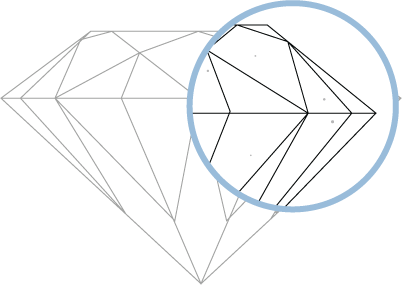
Very Very Slightly Included (1st Degree) – Diamond clarity inclusions rated VVS1 are not visible at all under 10x magnification.
Very Very Slightly Included (2nd Degree) – Diamond clarity inclusions rated VVS2 are sometimes just barely visible under 10x magnification (standard jeweler’s loupe). When they are visible, they are quite difficult to find and can often take quite a while to locate.
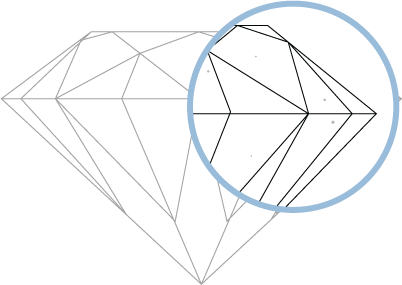

Very Slightly Included (1st Degree) – VS1 diamond clarity inclusions are just barely visible under 10x magnification (standard jeweler’s loupe). When looking for VS1 clarity inclusions with a loupe, it can sometimes take a good few seconds until the pinpoint is located.
Very Slightly Included (2nd Degree) – VS2 clarity inclusions are almost always easily noticeable at 10x magnification (standard jeweler’s loupe). Occasionally, the inclusion will be located in a difficult-to-spot location, but otherwise, the inclusion is large enough that it can be spotted quickly under magnification.
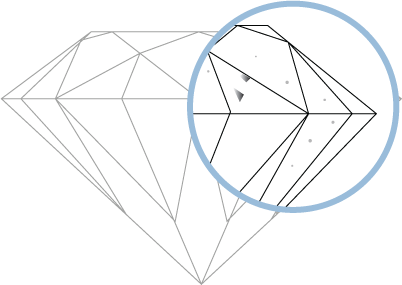
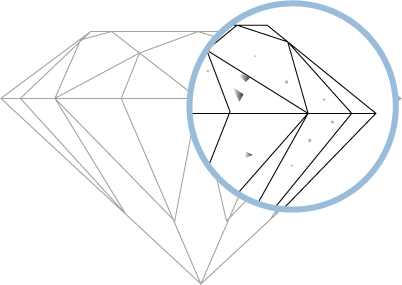
Slightly Included (1st Degree) – SI1 Clarity inclusions are easily found with a standard jeweler’s loupe at 10x magnification. With most shapes (to the exclusion of step cuts like Asscher and Emerald Cuts), SI1 clarity inclusions are almost always clean to the naked eye.
Slightly Included (2nd Degree) – SI2 clarity inclusions are seen clearly and obviously with the help of a jeweler’s loupe. With step cuts like Emerald and Asscher cuts, an SI2 clarity inclusion will most likely be visible to the naked eye.
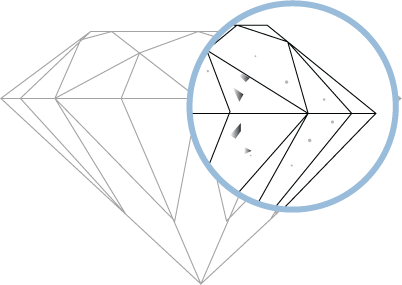

Included (1st Degree) – I1 clarity inclusions are even more obvious and clearly seen than SI2 clarity inclusions. Most I1 inclusions are visible to the naked eye—even on brilliant cuts.
Included (2nd Degree) – I2 and Included (3rd Degree) – I3 clarity inclusions are very obvious to the naked eye and we don’t recommend buying them as a center stone.
